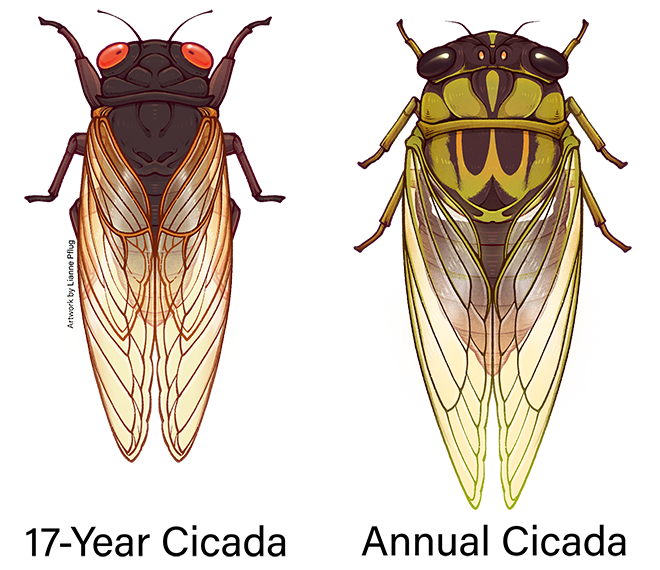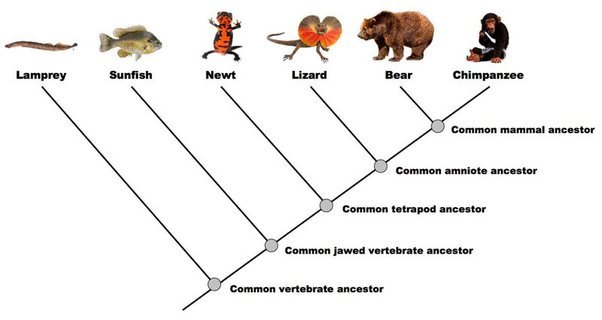What is Speciation?
- Speciation is the process of different species forming from common ancestors.
- Speciation occurs through environmental phenomena which influence natural selection, causing certain characteristics to be favored among groups and eventually driving two species apart.
Reproductive Isolation
- Speciation occurs when groups in a species become reproductively isolated.
- This leads to evolutionary divergence and different features and genomes in the species.
- Genes no longer flow between the two groups if they are isolated.
- Isolation can occur from shifting land masses or forming of rivers or other changes to the environment, physically separating the groups.
- Reproductive isolation can occur before or after the egg is fertilized and the zygote is formed.
- Two populations that live in different environments and develop different traits. This is called geographic isolation.
- Populations have different timings for reproduction, such as mating seasons. This leads to temporal isolation.
- Geographical and temporal isolation are both pre-zygotic forms of isolation. This means that the fertilization of eggs is prevented.
- Genetic structure can also lead to isolation due to a mismatch of genes.
- Post-zygotic isolation is when the offspring is not fertile and thus cannot reproduce. For example hybrid animals such as ligers or mules suffer from post-zygotic isolation.
Allopatric Isolation
- In allopatric speciation groups from an ancestral population evolve into seperate species due to a period of geographical separation.
- This could be due to a shift in land masses, separating continents or islands, or due to a river forming for example.
Sympatric Isolation
- In allopatric speciation groups from an ancestral population evolve into seperate species due to a period of geographical separation.
- For example one species of cicada only emerges from underground every 17 years while another emerges to mate annually. Due to the different time schedules these species cannot reproduce with one another.

Family Trees
- Phylogenetic trees, or cladograms, can be used to display evolutionary relationships between two species.
- Based on similarities or differences between two species. Genetic and morphological differences.
- Ancestors are basal and groups that are at the ends of the branches are derived.

Types of Evolution
Divergent Evolution
- Divergent evolution is the accumulation of differences in closely related populations.
- If populations become isolated, then speciation leads to divergence which forms different species and thus increases the variety.
Convergent Evolution
- Convergent evolution results in the forming of analogous structures.
- Analogous structures are those present in different species with similar forms and functions, however they do not stem from common ancestors.
- Convergent evolution is caused by environmental pressure that leads different organisms to evolve similar solutions.
Coevolution
- Coevolution is when two different species evolve in relation to one another.
- Often the two species have a close symbiotic relationship which benefits both of them.
- For example ants protect acacia trees against herbivores or trim other plants, getting rid of threats and competition. The acacia trees have volved to offer shelter for the ants and food the ant larva, making the ants dependent on acacia nectar.
Image Sources
https://extension.entm.purdue.edu/cicadas/
https://www.quora.com/How-do-you-read-a-cladogram

